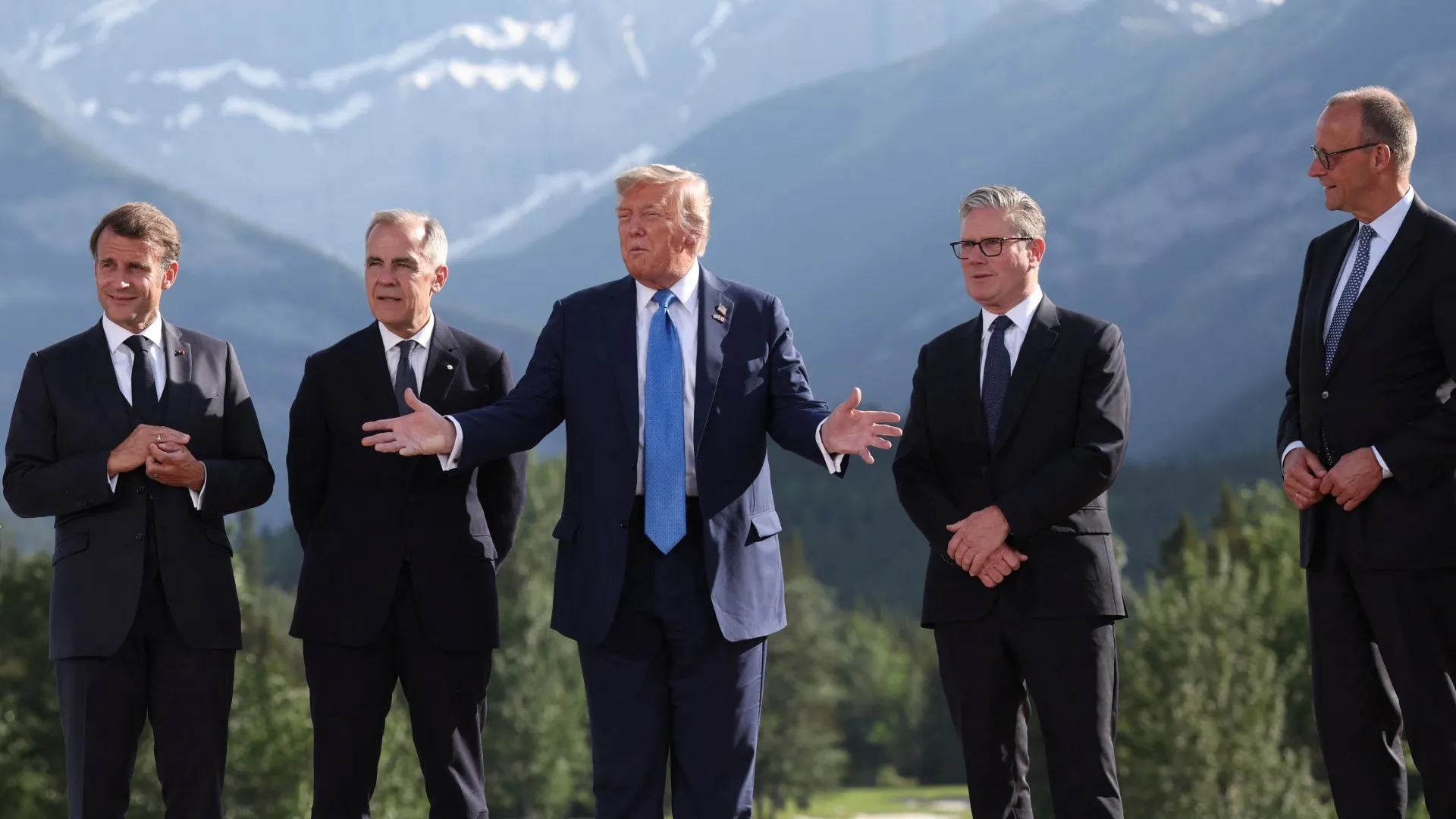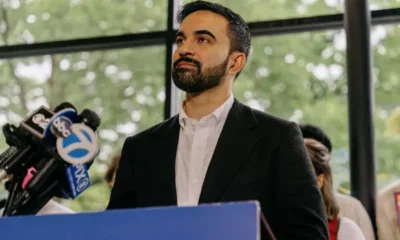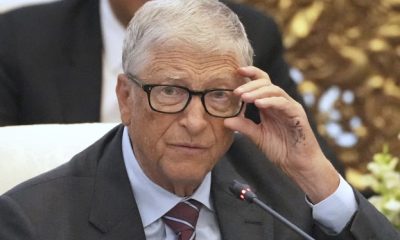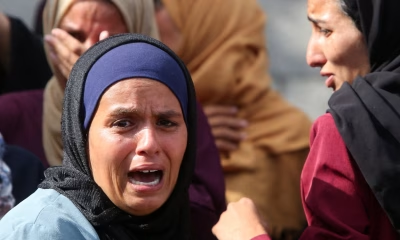Once considered a major forum for shaping the global agenda among the world’s major democracies, the Group of Seven (G7) is facing mounting questions regarding its relevance and effectiveness in an increasingly fractured world.
The summit, held this year in Alberta, Canada under first-time host Mark Carney, had a “carefully planned agenda”, said the BBC. But the programme was “upended” by the escalating war between Israel and Iran, as well as the early departure of US President Donald Trump.
No ‘unified front’
There may be “precedent” for Trump’s early departure – he also “bailed” on the summit in 2018 to meet North Korea’s supreme leader Kim Jong-un – but it is “revealing” that he views “dialogue with the US’ closest allies” as a “disposable engagement”, said Rafael Behr in The Guardian.
Trump’s G7 snub this year is not just a “crass exaggeration” of America’s usual “arrogant unilateralism”, said Behr. His “America First” doctrine is one that “cannot conceive of mutual obligation between nations”. That means there can be no G7, “only the G1 and clients”.
Divisions were also evident on the issue of Ukraine. Despite hopes “of finding wording that was palatable to all G7 leaders”, including the US president, the summit ended without a joint declaration supporting Kyiv, said Politico. This was because, as one Canadian official said, Trump “would not agree to strong language against Russia”.
Instead, Carney issued a “chair’s summary” that noted G7 leaders “expressed support for President Trump’s efforts to achieve a just and lasting peace in Ukraine” and called on Russia to implement a ceasefire. But, “behind the bluster” is the “harsh reality” that the other G7 leaders did not manage to convince Trump to agree on “new joint measures against Russia”. Indeed, Trump used the summit to question the exclusion of Russia from the group since its invasion of Crimea in 2014, and “openly doubted” the need for new sanctions on Moscow, said the Financial Times, which is something “many European leaders and members of Congress are calling for”.
There were some bright spots: Trump agreed with Keir Starmer to implement the trade pact they reached last month, and also held a meeting with Ursula von der Leyen, the European Commission president, “raising hopes that they can avoid a burst of new transatlantic tariffs next month”, said the FT. Still, “it’s really not the unified front one might expect in the face of serious global challenges”.
Moving forward without the US
It may appear that the G7’s influence has “diminished”, but it has a long history of “achieving consensus on previously divisive issues”, said the Council on Foreign Relations. At last year’s summit in Italy, G7 leaders agreed to a long-debated plan to fund Ukraine using the future expected proceeds from seized Russian assets.
It also successfully coordinated actions among governments during the financial crisis in 2008, “calming the markets with an effort to provide banks with liquidity”, said Bloomberg, as well as tackling the Covid pandemic in more recent years. And in 2019, “when tensions over Iran’s nuclear program again loomed large”, French President Emmanuel Macron surprised counterparts by flying in Iranian Foreign Minister Javad Zarif for talks.
Indeed, the remaining G7 leaders “forged on” with discussions this year, despite Trump’s absence, “issuing a series of agreed-upon statements on issues including artificial intelligence, critical minerals, wildfires and immigration”.
The proceedings gave leaders “a sense of what it’s going to be like to work among themselves to find common ground and areas they can move forward without US leadership,” said economist Doug Rediker, a former representative for the US at the International Monetary Fund. “Clearly, they’re going to have to figure out how to operate on a different basis.”
Adopted from the Week
Comments
comments



























